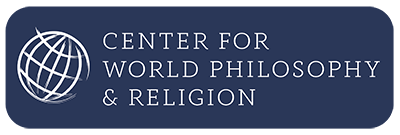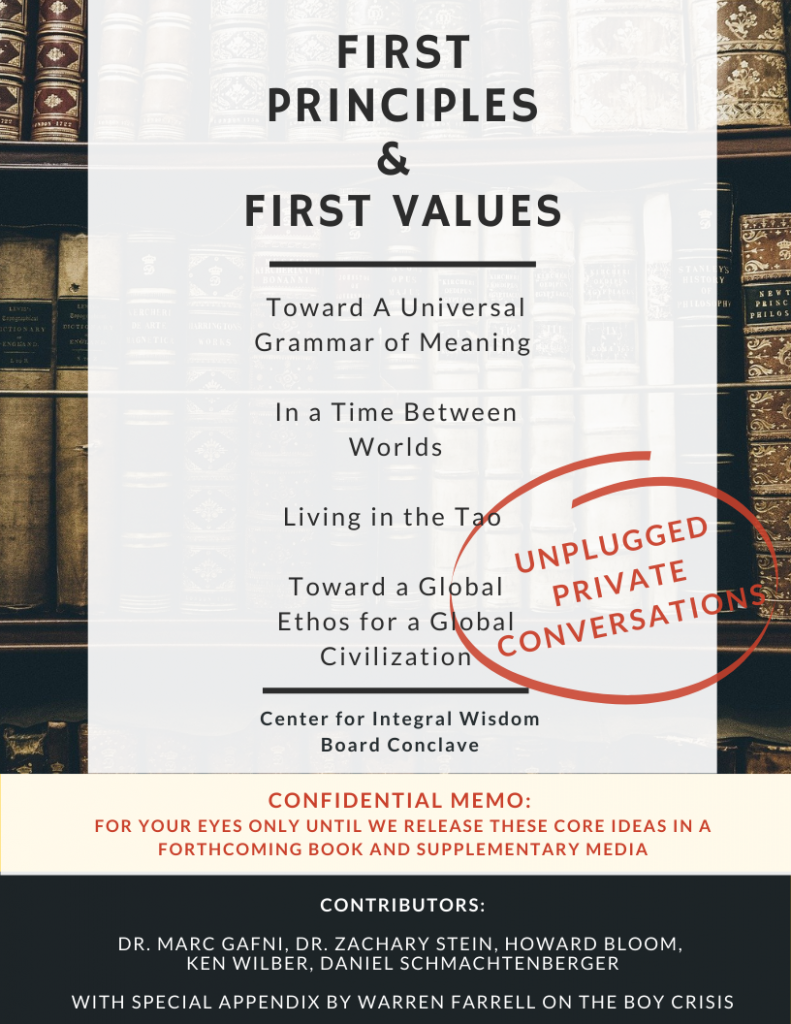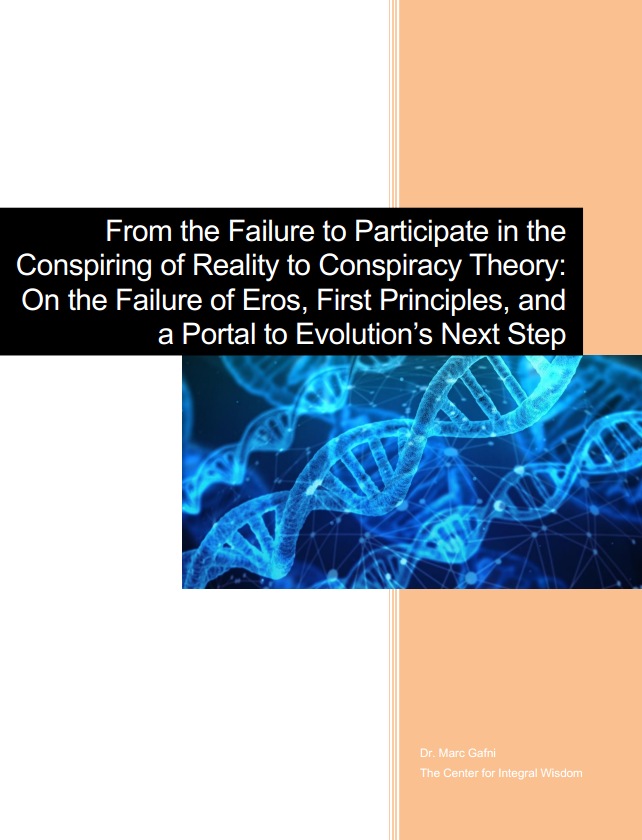The “Intimate Universe,” the “Evolution of Intimacy,” & “Evolutionary Intimacy”
Twenty Cross-Platform Applications of the Intimacy Equation
This early draft of an essay was written by Dr. Marc Gafni. It is part of Volume 3 of a forthcoming six-volume book series, The Universe: A Love Story, by Dr. Marc Gafni with Dr. Zachary Stein & Barbara Marx Hubbard. The essay was edited and prepared for publication by Kerstin Tuschik. We welcome substantive feedback as we prepare a more advanced version of this essay.
Understanding that the evolution of love equals the evolution of intimacy liberates intimacy from its narrow anthropocentric predicament. There are three core meanings to intimacy, two of which we have already begun to unfold in the previous volumes of this series. We now move to a deeper take on both of these dimensions, even as we add a third element to the core structure of intimacy. We might also refer to this perception as the holy trinity or the three-core definition of intimacy. Each meaning or definition adds something fundamental. These definitions apply to more than human intimacy.
Remember that evolution is the evolution of intimacy. Intimacy begins in the first nanoseconds of the Big Bang and moves through every level of Reality, including the world of matter, the world of life, and the human world of culture. These three lifeworlds are birthed in—what we have already referred to as—three progressive Big Bangs.[i]
The process starts with the First Big Bang, which births the physiosphere. The physiosphere includes everything from the Big Bang to the macromolecules that make up the first cell.
Then, in a momentous leap of emergence—the Second Big Bang—the biosphere is birthed. Animate conscious life gradually leaps forth from the apparently inanimate world of atoms, molecules, stars, and planets. The biosphere includes everything from the first cell until the first hominids walk on the African savannah.
Finally, the Third Big Bang births the noosphere. The noosphere includes everything from the emergence of self-reflective cognition and emotion—that is, art, language, and trade—beginning from the first human being through all the distinct stages of human cultural development until modernity and postmodernity.
We refer to these processes as cosmological evolution, biological evolution, and cultural evolution. All through the entire evolutionary process, the same core definition of intimacy is at play, driving and moving Reality. The trajectory of evolution is the evolution of intimacy. What we are describing in this writing is the emergence of what might be called the Fourth Big Bang, the emergence of Homo amor, the New Human and the New Humanity.
The Intimacy Equation
By now, it is clear that we are talking about intimacy as the very structure of Reality’s being and becoming. Intimacy is the inner nature and the inherent telos of the Universe: A Love Story. (more…)



